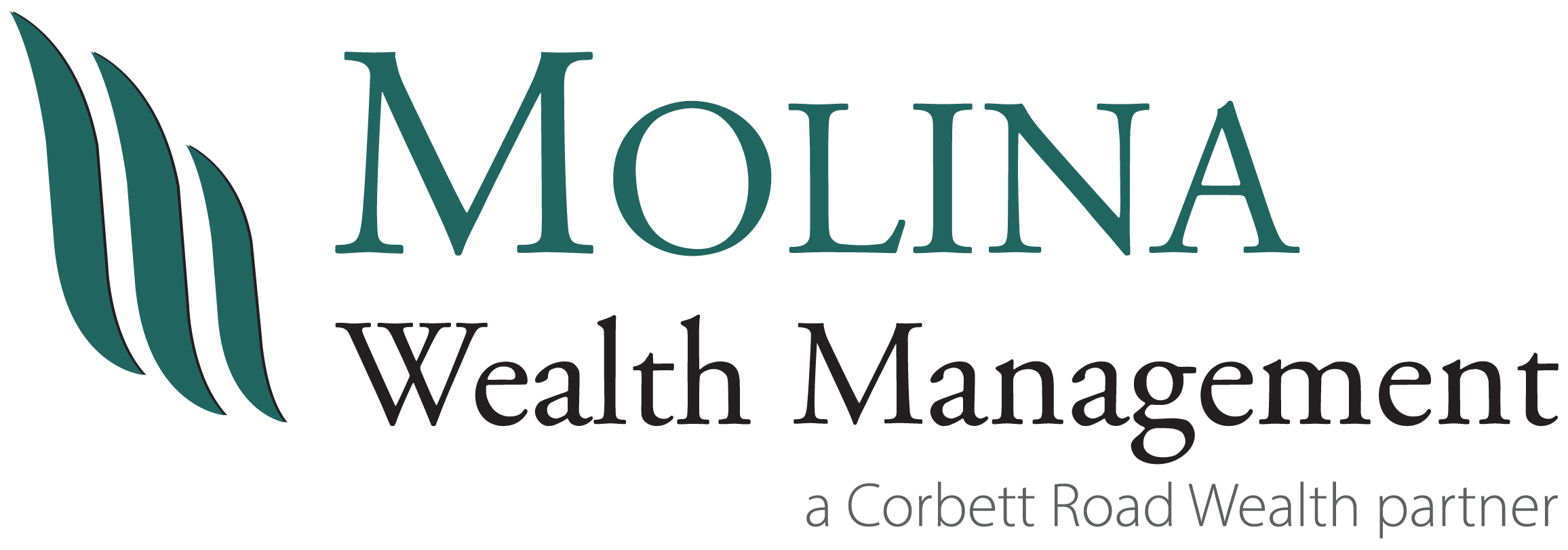September 2025
-
The Federal Reserve has resumed rate cuts. As expected, the central bank lowered the benchmark rate by 0.25% in this month’s meeting, and the updated dot plot points to two additional rate cuts by year-end. Inflation remains sticky, but the Fed’s bigger worry is the labor market, which has clearly weakened and now demands attention. Read More
August 2025
Every August, we “Chart the Course” with a series of charts that highlight key current and historical trends in the economy and markets. We hope you find them both insightful and useful. Our regular commentary will resume in September. Read More
July 2025
- The newly signed tax bill passed by Congress and the President the first week of July delivers front-loaded stimulus aimed at boosting near-term growth while cushioning tariff impacts. Despite longer-term deficit concerns, it’s a net positive for the economy in the short run. Read More
June 2025
Geopolitical tensions flared last week as Israel and Iran exchanged strikes, sparking a swift market response—stocks dipped and oil surged. While the headlines are serious, historical context and energy dynamics suggest a short-term shock, not a lasting shift. Read More
May 2025
- The temporary U.S.–China tariff suspension is a clear step forward, lowering effective tariff rates to more manageable levels. But uncertainty remains, especially for small businesses and the direction of future negotiations. Sentiment-based “soft” data continues to fall sharply, while hard economic indicators remain resilient. Read More
April 2025
The tariffs took effect on April 9. But the very same day, the President paused tariffs on all non-retaliating countries, except China. The pause will allow more time for negotiations, but additional clarity on the end goal and policy implementation will be needed for investors and companies to regain confidence. Read More
March 2025
Investors anticipated tax cuts and deregulation after the election but overlooked the full impact of tariffs, which are now unsettling business planning and sentiment. While uncertainty can slow economic growth, history shows that geopolitical events rarely cause recessions—thus the risk of a major bear market is low. Read More
February 2025
Trade tensions have escalated significantly with new US tariffs imposed on imports from Canada, China, and potentially, the EU. While the longer-term impact is uncertain, the administration’s goals appear to be increasing tariff revenue and reducing the trade deficit. Despite some concerns from companies, the broader economic effect will likely be limited if US economic growth remains strong. Read More
January 2025
The U.S. economy led global growth in 2024, fueled by a strong labor market, easing inflation, and resilient consumer finances. These key factors underscore continued growth and support an optimistic economic outlook for the year ahead. Read More
December 2024
Consumer balance sheets remain healthy, with manageable debt levels and ample room for further spending to support economic growth. Coupled with a relatively young economic cycle, this suggests continued room for expansion in 2025. Read More
November 2024
The Fed cut rates again as it seeks to deliver a “soft landing”, balancing inflation and economic growth. Historically, easing monetary policy amid market highs has been a bullish signal, with stocks averaging 15% gains in past instances. Looking ahead, the Fed projects a median Fed funds rate of 3.4% by the end of 2025, suggesting a gradual pace of rate reductions over the next year. Read More
October 2024
In Q3, most asset classes, including stocks and bonds, saw strong gains, driven by expectations of lower interest rates and diminishing recession risks. Notable trends included a rebound in small-cap stocks, a boost for international markets due to a weaker dollar, and the best quarter for bonds this year. Meanwhile, commodities lagged due to declining oil prices. Read More




